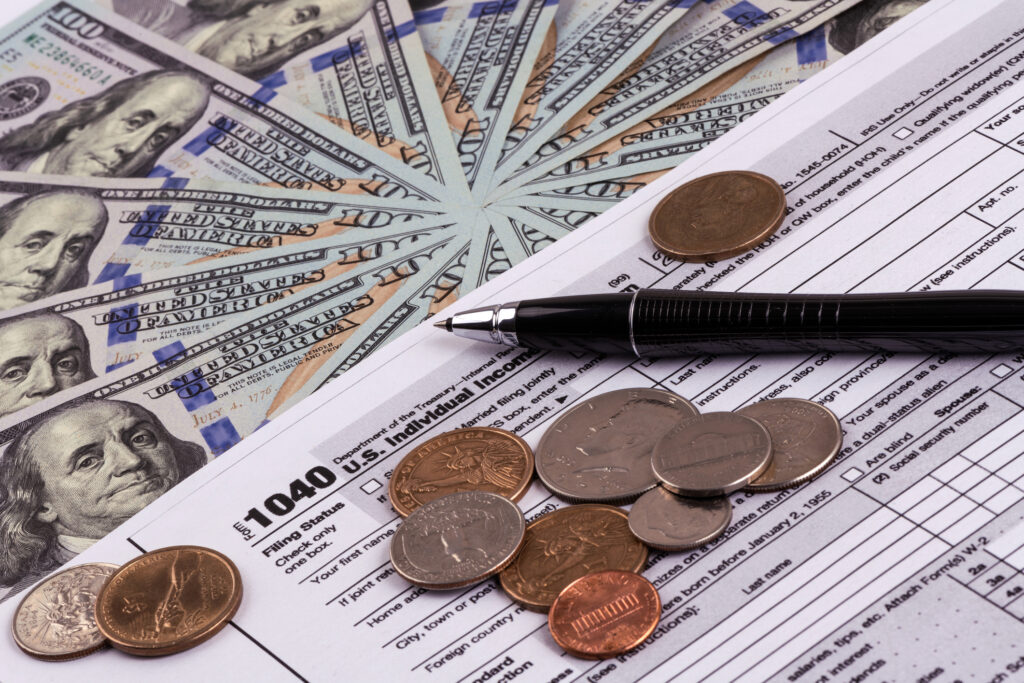Automatic Stabilizers, What Are They and Are They Effective
Objective
Students will be able to:
- Explain that the cyclical nature of the U.S. economy has led policymakers to create fiscal stabilizers that reduce the impact of business cycles on the unemployment and inflation rates.
- Discern between automatic and discretionary stabilizers.
- Recognize that reducing the potency of automatic stabilizers has resulted in a greater dependency on large sweeping discretionary remedies from an increasingly contentious and impatient Congress.
Concepts

Students explore fiscal policy remedies used by the federal government to reduce volatile fluctuations in the business cycle.
Resources
Procedure
Warm-Up
Automatic Stabilizers are stop gaps built into our nation’s fiscal policy that immediately engage the moment a swing in the business cycle becomes threatening. At the first whiff of a contraction, for instance, households experiencing losses of employment and income become eligible for unemployment insurance, SNAP benefits, and other safety nets. In the past few decades, the durability of these programs in the U.S. has been compromised by a lack of fiscal and philosophical commitment from government. The recession in the wake of the pandemic has brought enduring hardships on many households that may require extending these stabilizers beyond their normal lifespan. The post-Covid economy will invariably create challenges that many Americans will adapt to slowly. The safety net in place to sustain them will be uniquely tested.
Share the Bellringer activity with the students. Tell them the exercise illustrates the purpose, functionality and application of automatic stabilizers in bridging the contractionary phase of the business cycle with the recovery phase. Have them read through the situation and reply to the questions. Possible answers to the bellringer assessment are provided in the answer key.
Modeling
Explain to students that they are going to explore the fiscal policy tools the federal government has to reduce the volatility of economic swings. They will uncover that automatic or built-in stabilizing forces have been weakened, requiring Congress to legislate remedies.
Display Slides 2-15, explaining the concepts as needed. Notes are provided on each slide that provide further guidance.
Individual Activity
Distribute a copy of Activity 1 to each student. Tables are provided called “Shopping With SNAP” and the “Daily Menu” that will be used to record the decisions made in the Activity. Have students follow the procedures to shop with their SNAP benefits, fill out their purchase list and create their daily menu.
Assessment
Once students have completed the activity, each student should respond individually to the Activity 1 assessment questions.
Ask students if they think SNAP benefits provide adequate funding for families. (Answers will vary, but most will probably realize it is difficult to buy enough food.) Ask students what would happen to the effectiveness automatic stabilizers if programs like SNAP provided more benefits for people in need. (The automatic stabilizers would be more effective in increasing spending in the economy if more benefits were provided.)
Display Slide 16 and play the embedded video clip then have students respond to the questions in Activity 2.
Display Slide 17 and explain that it offers some suggestions on how automatic stabilizers can be strengthened so the U.S. can become less dependent on discretionary measures to save the day.
Conclusion
Conclude by asking the students the following questions.
• What is an automatic stabilizer? (A tax or a spending program that tends to stimulate the economy during a recession and slow an economy during a recession.)
• How are automatic stabilizers different than discretionary fiscal policy? (They do not require the specific approval of Congress or the President.)
• What are some examples of automatic stabilizers? (Any of the programs discussed in the lesson.)
• Why have automatic stabilizers been weakened over time? (Some programs, like unemployment insurance, are often hard to access. Others have had their benefits reduced.)
• Why are automatic stabilizers important? (They do not require political action. They take effect quickly. They help those in need during downturns. In sum, they smooth out the business cycle.)